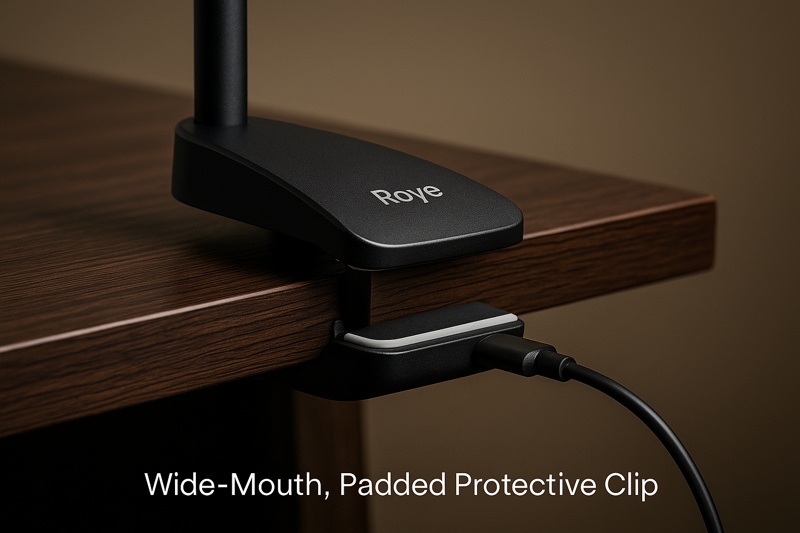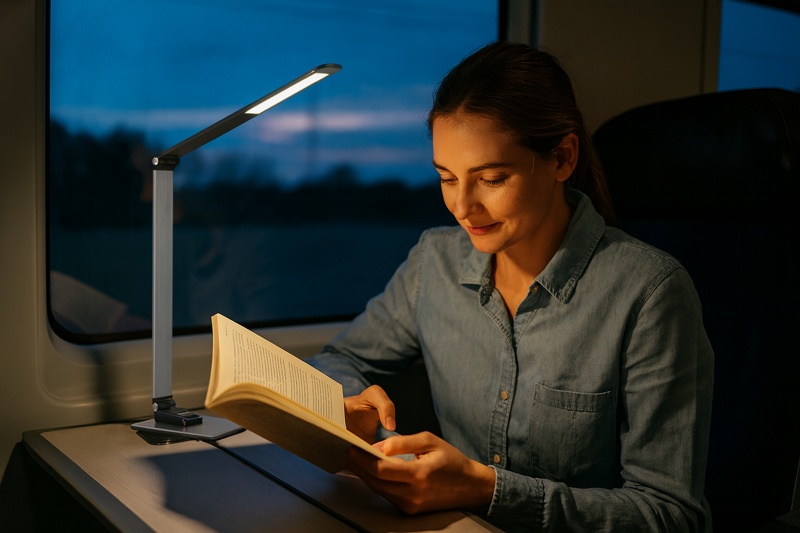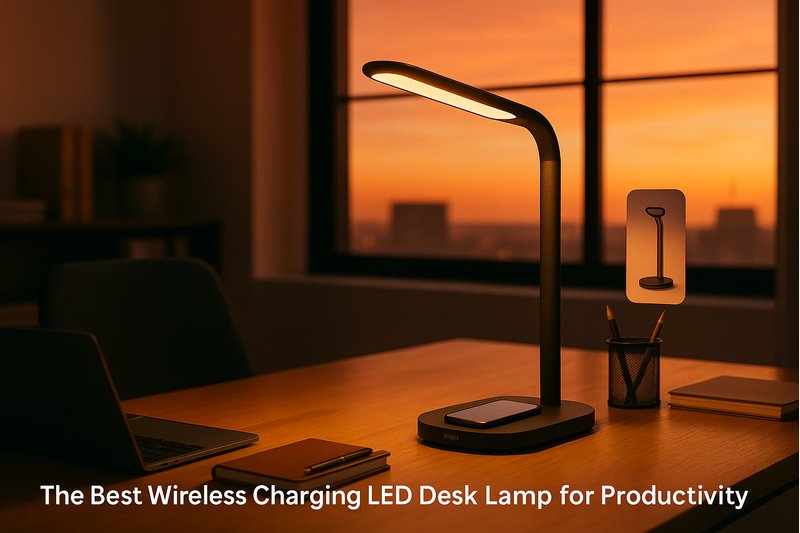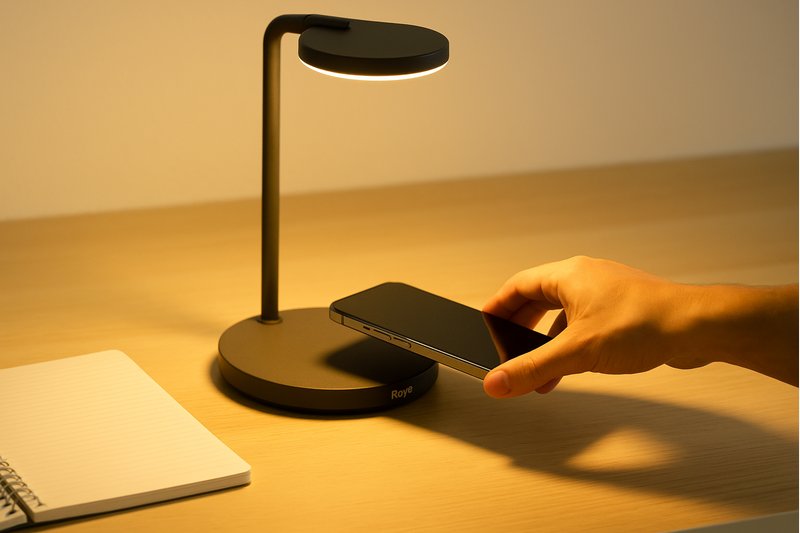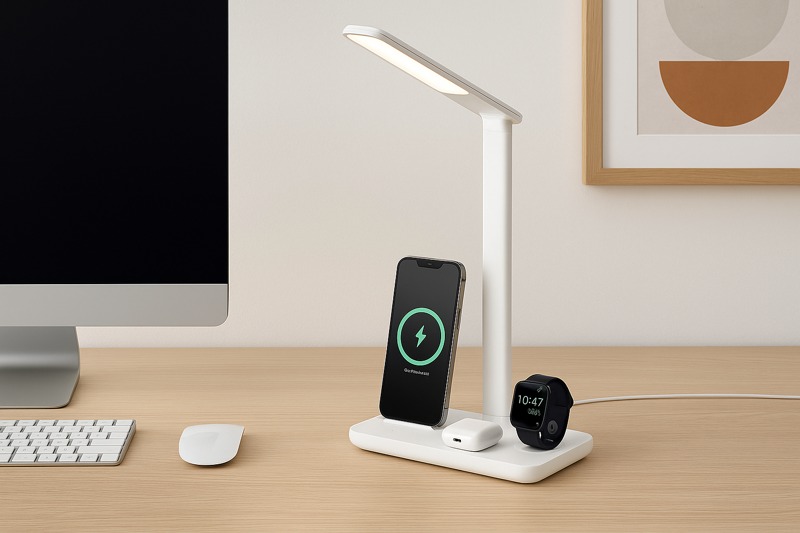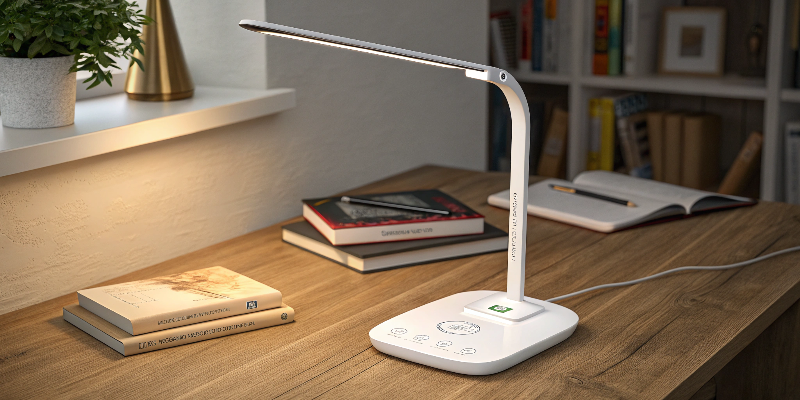
As a programmer, you may spend long hours at your desk. Proper lighting can reduce eye strain and increase productivity. But should you use a desk lamp while coding?
Using a desk lamp while coding can improve focus and comfort, especially if you have poor ambient lighting.
Keep reading to learn more about how lighting affects coding and how to optimize your workspace for the best results.
What is the best lighting for a programmer?
For programmers, the right lighting is essential for reducing eye strain and staying focused during long hours of coding.
The best lighting for a programmer is a balance of ambient light and task-specific light, with a focus on minimizing glare.
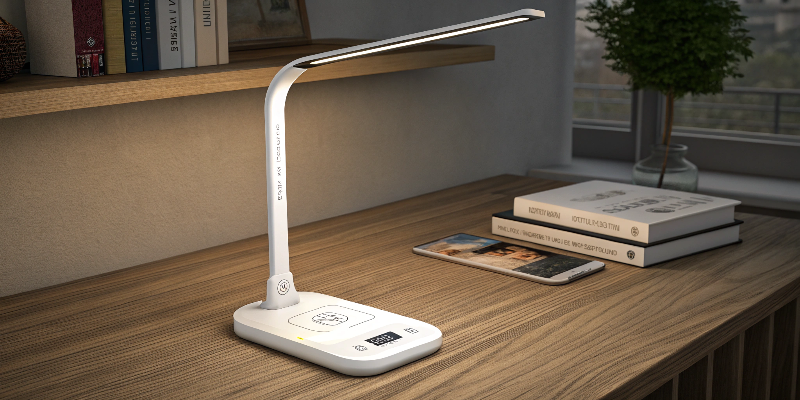
Key Lighting Factors for Programmers
Here’s what you need to consider when setting up your lighting for coding:
| Factor | Recommended Setting |
|---|---|
| Brightness | Aim for moderate brightness—too bright or too dim can strain your eyes. |
| Color Temperature | Use cool white light (5000K-6500K) to mimic daylight and improve focus. |
| Flicker-Free Lighting | Reduces eye fatigue by ensuring stable light without flickering. |
| Positioning | Ensure the light source is placed to avoid glare on your screen. |
For programming, it’s important to have a steady, bright light that doesn’t cause excessive contrast with your screen.
When to use a desk lamp?
A desk lamp is ideal when your workspace lacks sufficient overhead or ambient lighting, or if you need focused lighting for specific tasks.
Use a desk lamp when you need extra illumination for reading, writing, or focused tasks like coding.
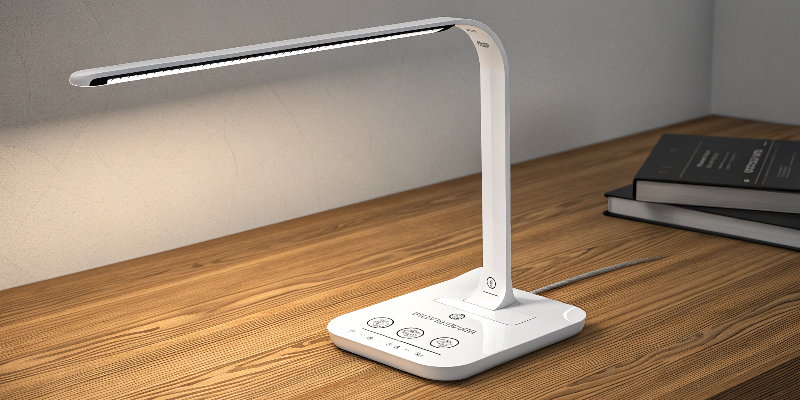
Desk Lamp Usage for Coding
Here are situations when you should use a desk lamp:
- In Low-Light Conditions: If your room or workspace is poorly lit, a desk lamp can provide much-needed illumination.
- For Focused Tasks: When you're coding or reading small text, a desk lamp helps provide targeted lighting without causing glare on your screen.
- To Create a Comfortable Atmosphere: Proper desk lighting reduces shadows and makes your workspace more pleasant.
However, if your room already has enough light, you may not need to use a desk lamp.
Which type of lighting is best for working at a computer?
When working at a computer, your goal is to minimize glare, reduce contrast, and maintain focus without causing strain.
The best type of lighting for working at a computer is a combination of ambient lighting and task lighting that is flicker-free and adjustable.
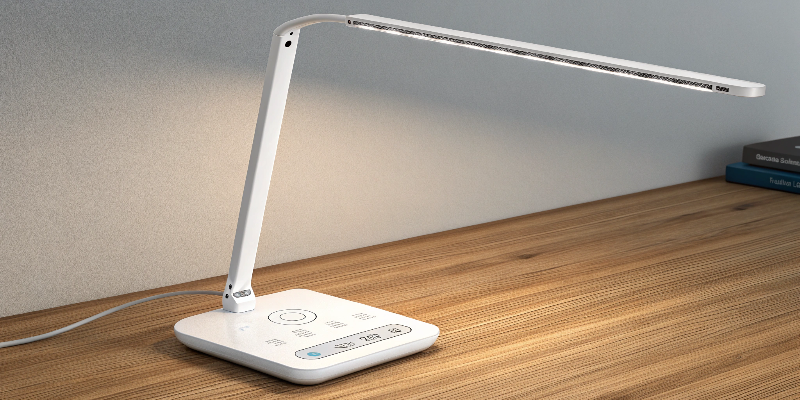
Ideal Lighting for Computer Work
Here’s how you should approach lighting for computer work:
| Type of Lighting | Best For |
|---|---|
| Ambient Lighting | Provides overall room illumination and reduces harsh contrast. |
| Task Lighting (Desk Lamp) | Helps illuminate your workspace without creating screen glare. |
| Natural Light | Daylight provides the best type of light, but it may cause screen reflections. |
| Adjustable Lighting | A dimmable desk lamp allows you to fine-tune brightness based on your needs. |
Avoid direct light on the screen, and make sure the light source is positioned correctly to reduce shadows.
Is a LED desk lamp good for eyes?
LED desk lamps are a popular choice for many reasons, but are they good for your eyes?
LED desk lamps are excellent for reducing eye strain due to their energy efficiency, long lifespan, and ability to provide even, flicker-free lighting.
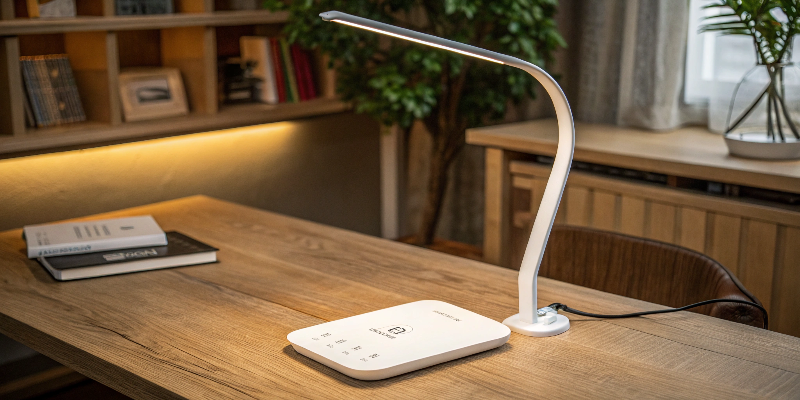
Benefits of LED Desk Lamps for Eye Health
Here’s why LED desk lamps are beneficial for your eyes:
- Flicker-Free Lighting: Many modern LEDs are flicker-free, which reduces eye strain caused by constant changes in light intensity.
- Cooler Temperature: LED bulbs typically emit cooler light, which is ideal for reducing fatigue and keeping you focused.
- Energy-Efficient: LED lamps consume less power and have a longer lifespan, making them cost-effective in the long run.
For coding, an LED desk lamp can provide comfortable and healthy lighting, especially if you spend long hours at your desk.
What is the best lighting for office eyes?
Office lighting plays a critical role in maintaining eye health and productivity.
The best lighting for office eyes is a combination of ambient and task lighting that minimizes glare and maintains consistent brightness.
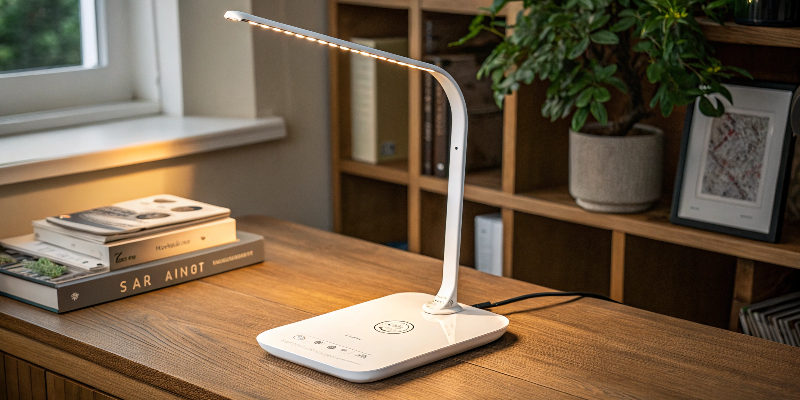
Optimal Office Lighting Setup
Here are the best lighting practices for your office environment:
| Lighting Type | Recommended Setup |
|---|---|
| Ambient Lighting | Use soft, diffused lighting to reduce glare on screens and surrounding surfaces. |
| Task Lighting | A desk lamp or adjustable light for reading, writing, or focused tasks. |
| Indirect Lighting | Avoid direct light shining into your eyes or onto your screen. |
| Color Temperature | Use cooler light (4000K-6500K) during work hours, as it promotes focus and reduces eye strain. |
Ensure that your workspace has balanced, non-glare lighting to keep your eyes comfortable.
What is the best light position for a computer?
The positioning of your light source is just as important as the type of lighting when it comes to computer work.
The best light position for a computer is to place the light source at a 45-degree angle from your screen to avoid glare and shadows.
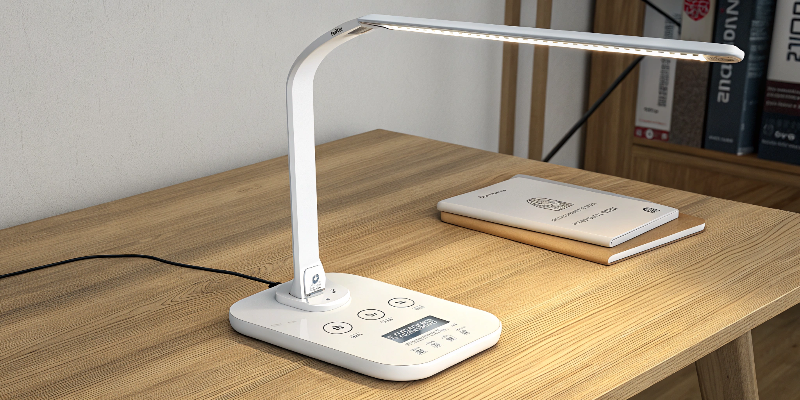
Tips for Correct Light Positioning
Here’s how to position your desk lamp correctly:
| Positioning Tips | Recommended Action |
|---|---|
| Above the Desk | Place the light source above or slightly behind you to avoid reflections on the screen. |
| To the Side | Position the lamp to the left or right of the screen to prevent direct light glare. |
| Angle of Light | Ensure the lamp is angled downward so it illuminates the workspace without causing glare on the screen. |
Proper light positioning helps minimize screen glare and keeps your workspace comfortable.
Conclusion
Using a desk lamp while coding can significantly enhance your comfort and productivity, especially if you carefully choose the right type of light and position it correctly. A well-lit workspace reduces eye strain and helps you focus for longer periods, making coding sessions more effective and less tiring.


